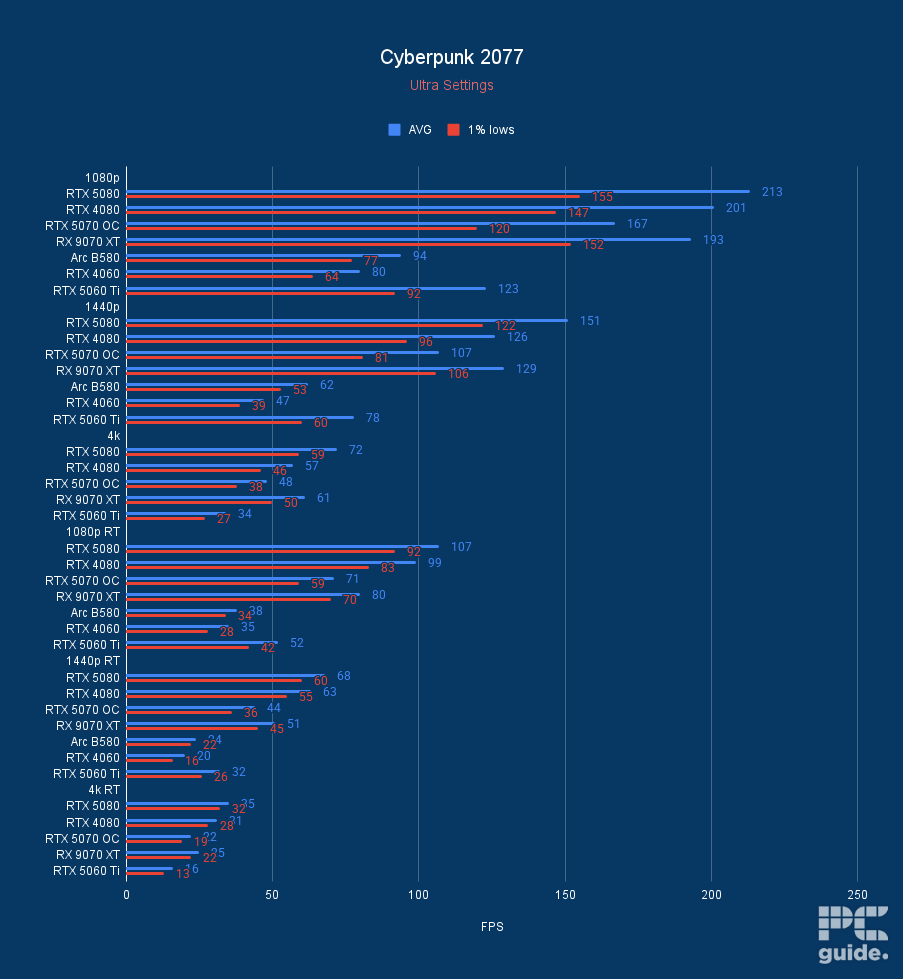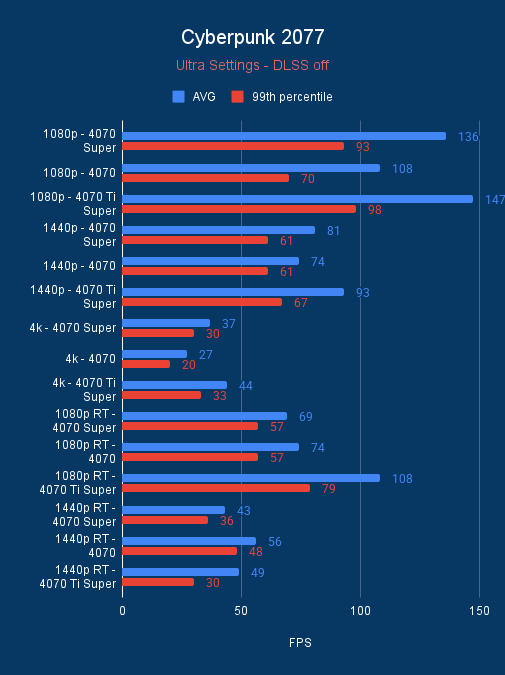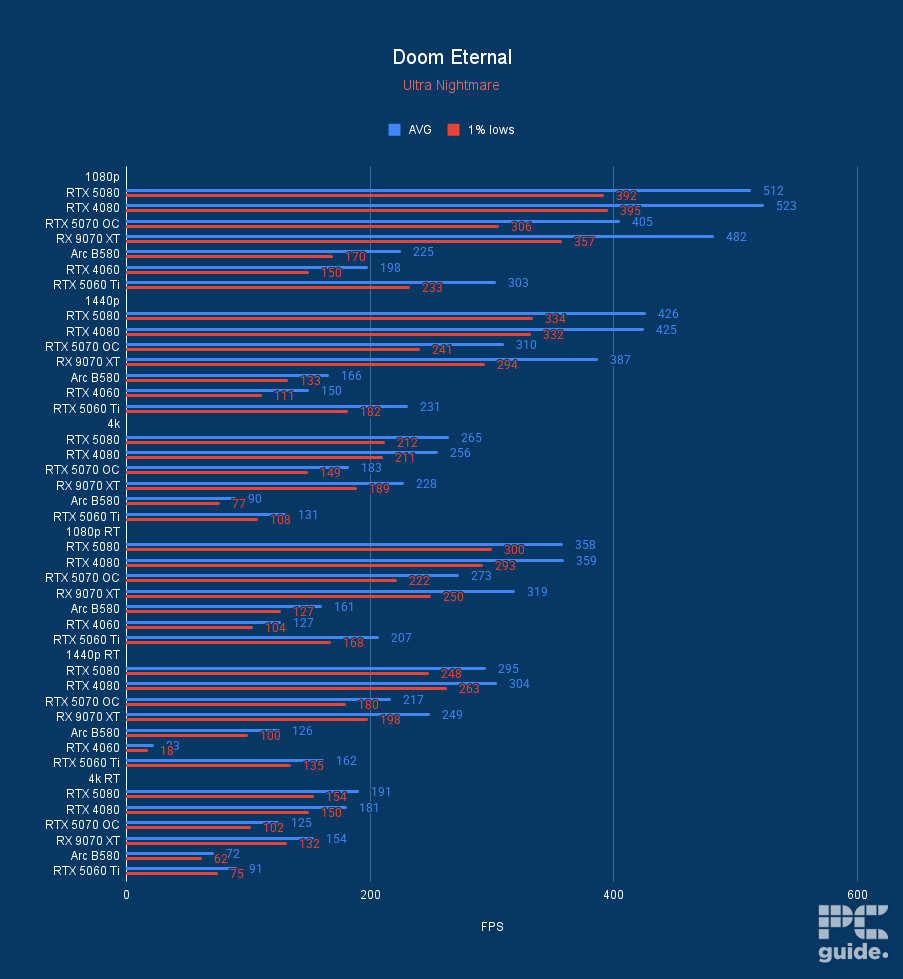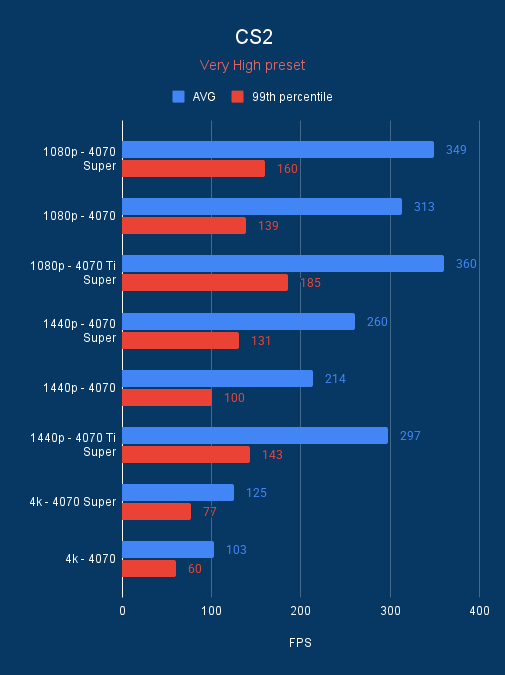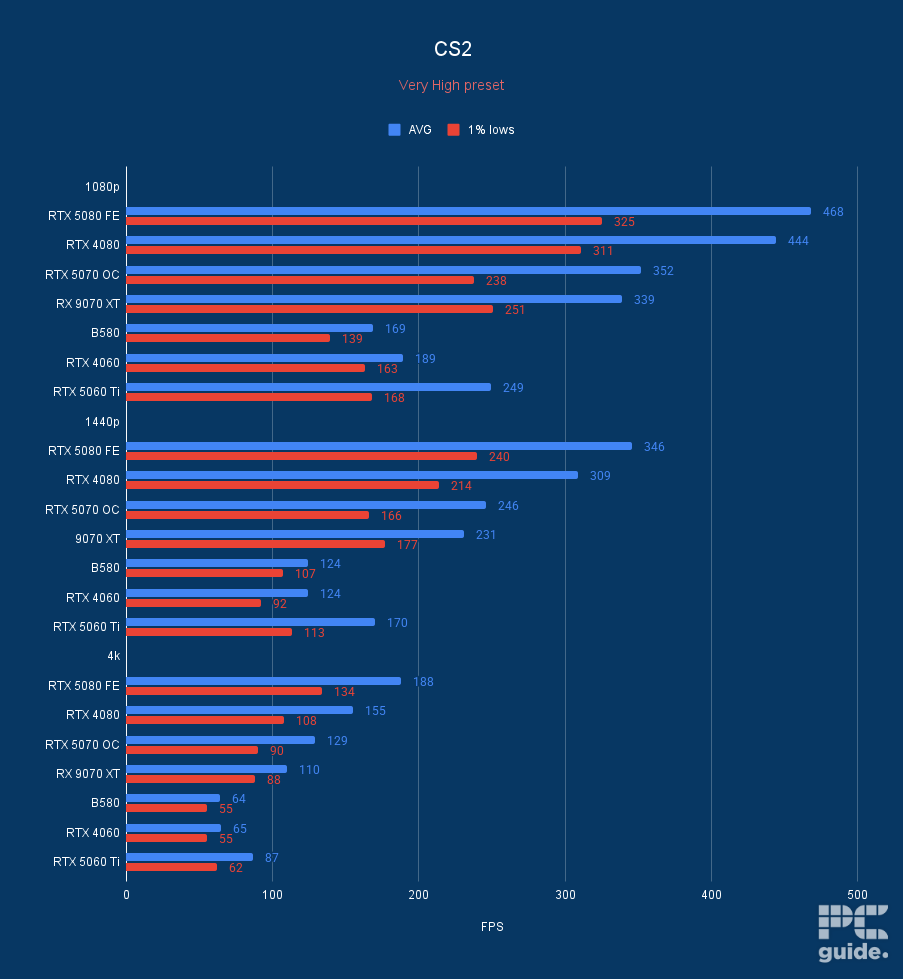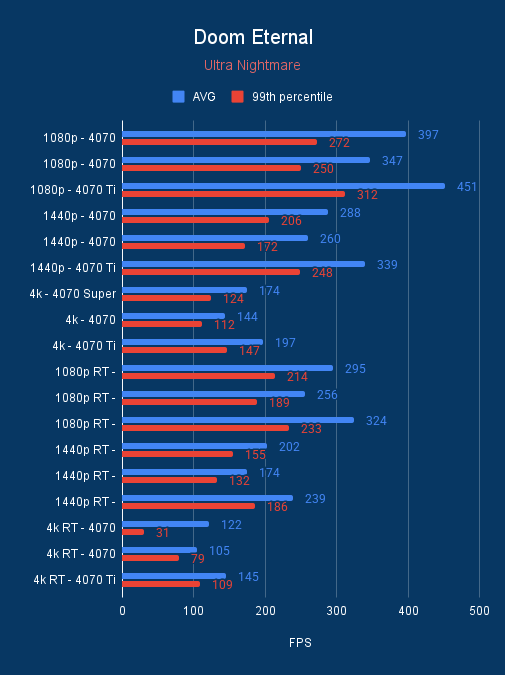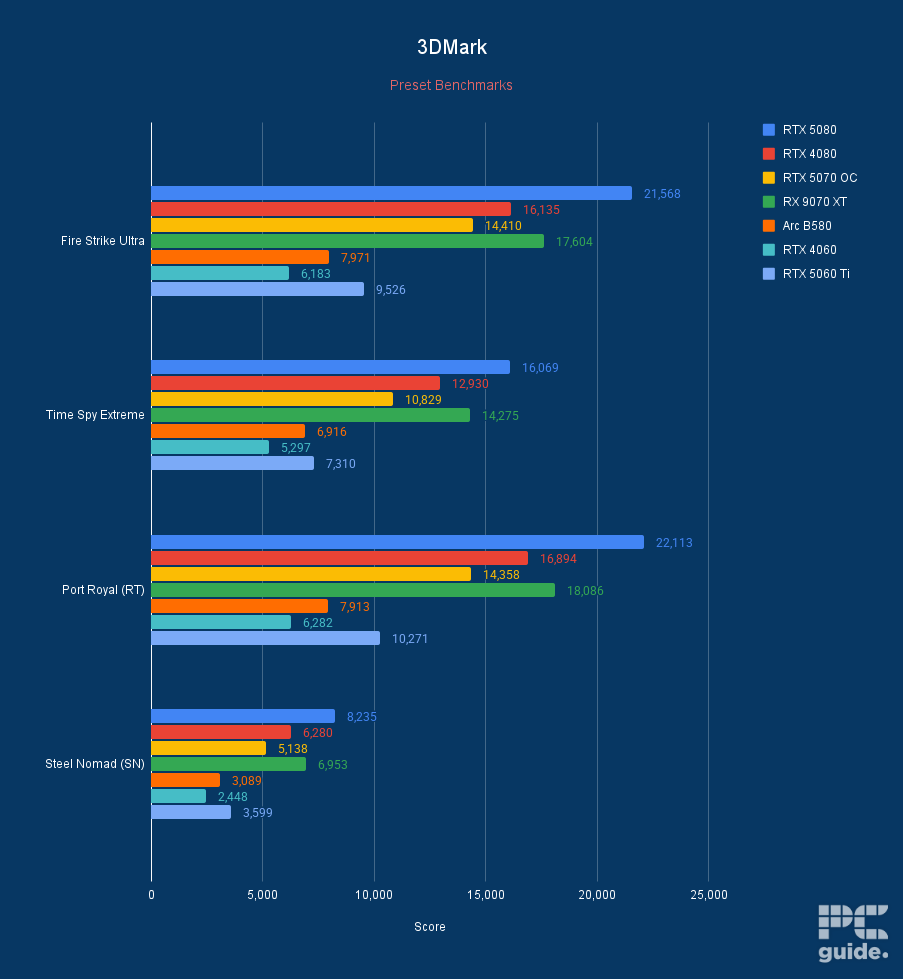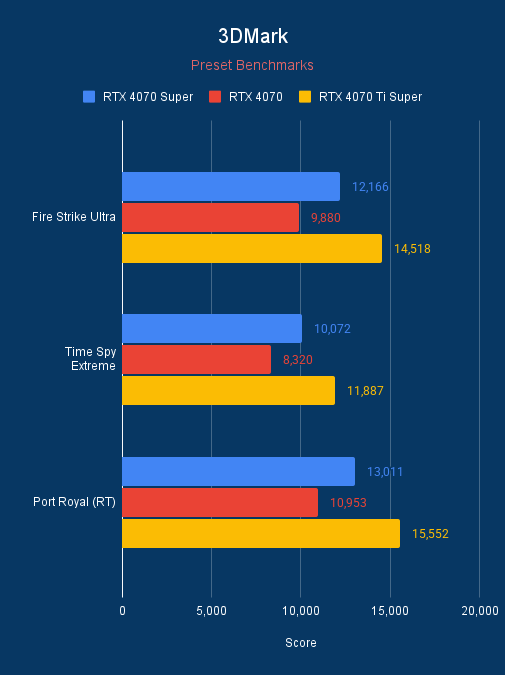RTX 5060 Ti vs RTX 4070 Super – how do they compare?
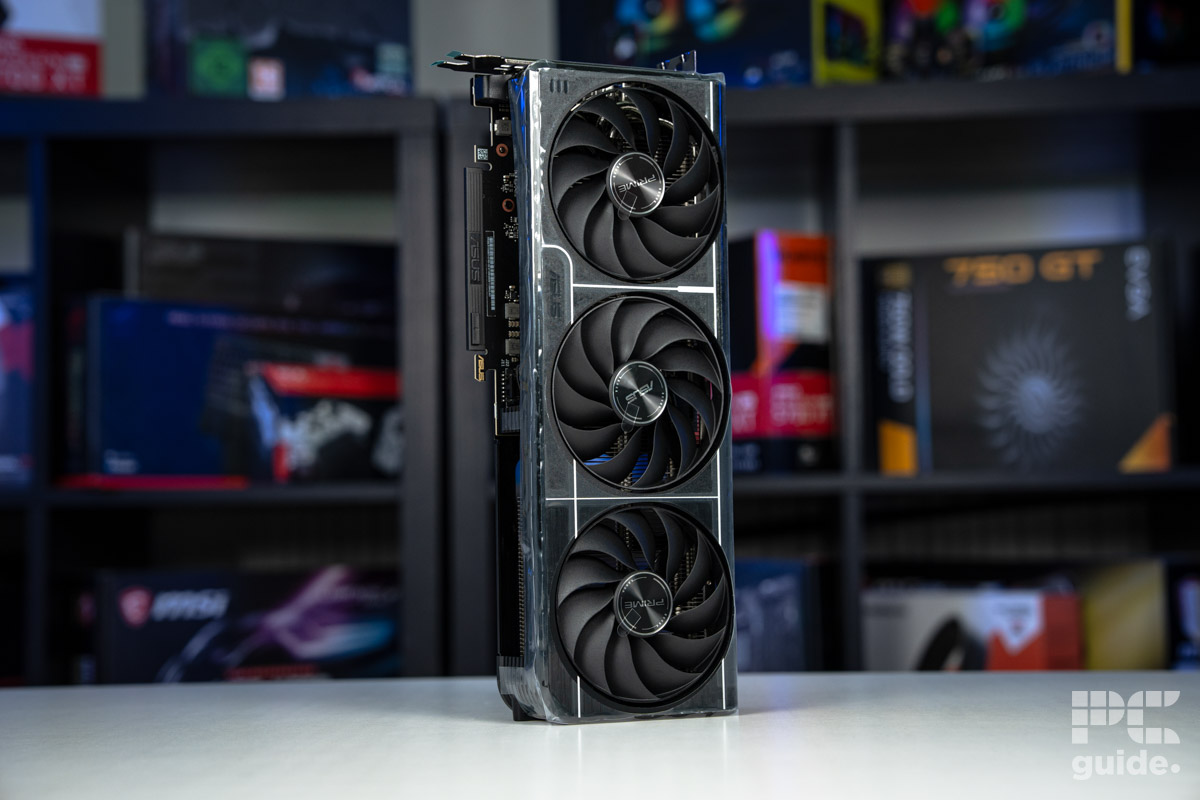
Table of Contents
All eyes are on the RTX 5060 Ti as it comes with two variants offering 8GB and 16GB GDDR7 VRAM. This also means that they have different MSRPs, but we wouldn't be surprised if the 16GB variants get more attention as the community wants more VRAM, and this is one of the reasons why the Radeon 9000 GPUs are so popular and deliver excellent performance.
That being said, we're here to find out whether the next-gen improvements will be enough to enable the 5060 Ti to trade blows or outperform the heavy hitters of the previous generation like the RTX 4070 Super.
We've reviewed the RTX 4070 Super, and it delivered decent 4K gaming performance, but 1440p seemed to be better suited for it. That being said, we’ve also put the RTX 5060 Ti through its paces in our testing lab for our RTX 5060 Ti review. So, we’ve got the real-world benchmarks to draw an accurate comparison between these cards and find out if the 5060 Ti can compete with the 4070 Super in gaming and productivity.
ASUS Prime RTX 5060 Ti 16GB OC
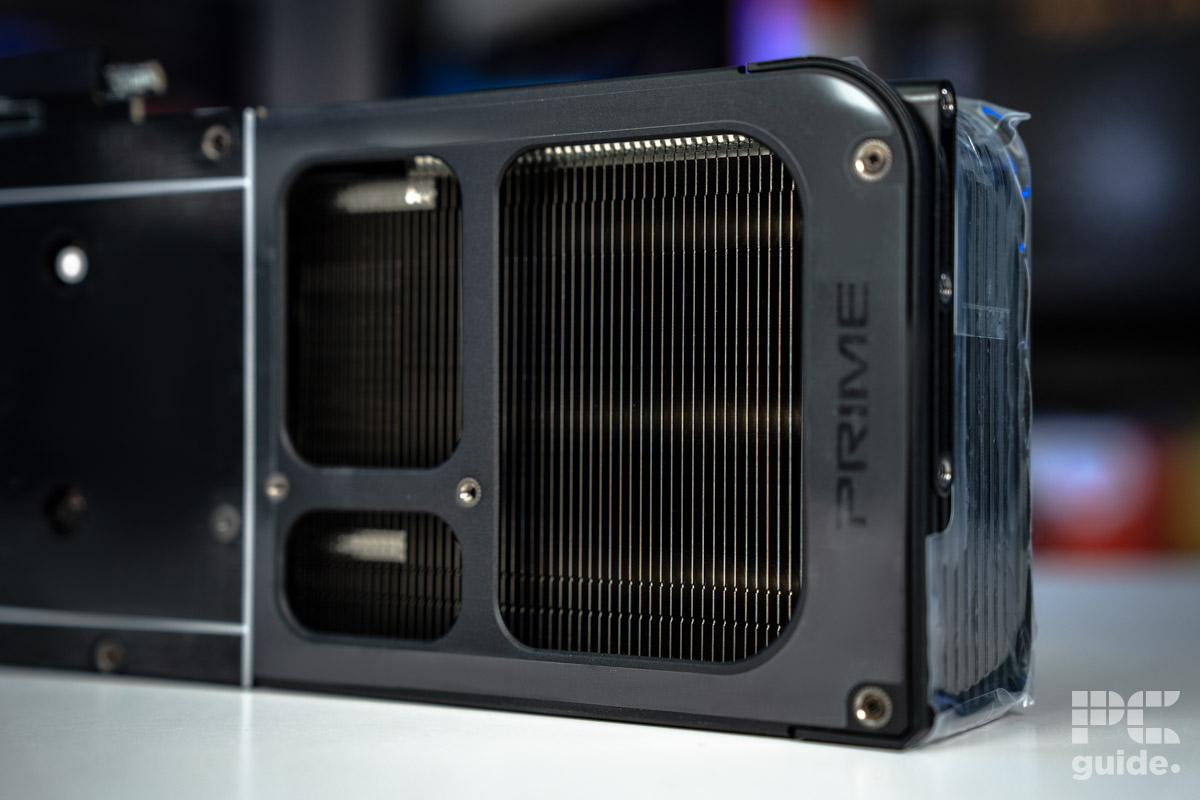
GPU
GB206-300
CUDA Cores
4,608
VRAM
16GB GDDR7
Memory Bus Width
128-bit
Base/Boost Clock
2.4/2.65 GHz
TBP
180W
Shop on Amazon
CHECK PRICEASUS TUF RTX 4070 Super OC Edition
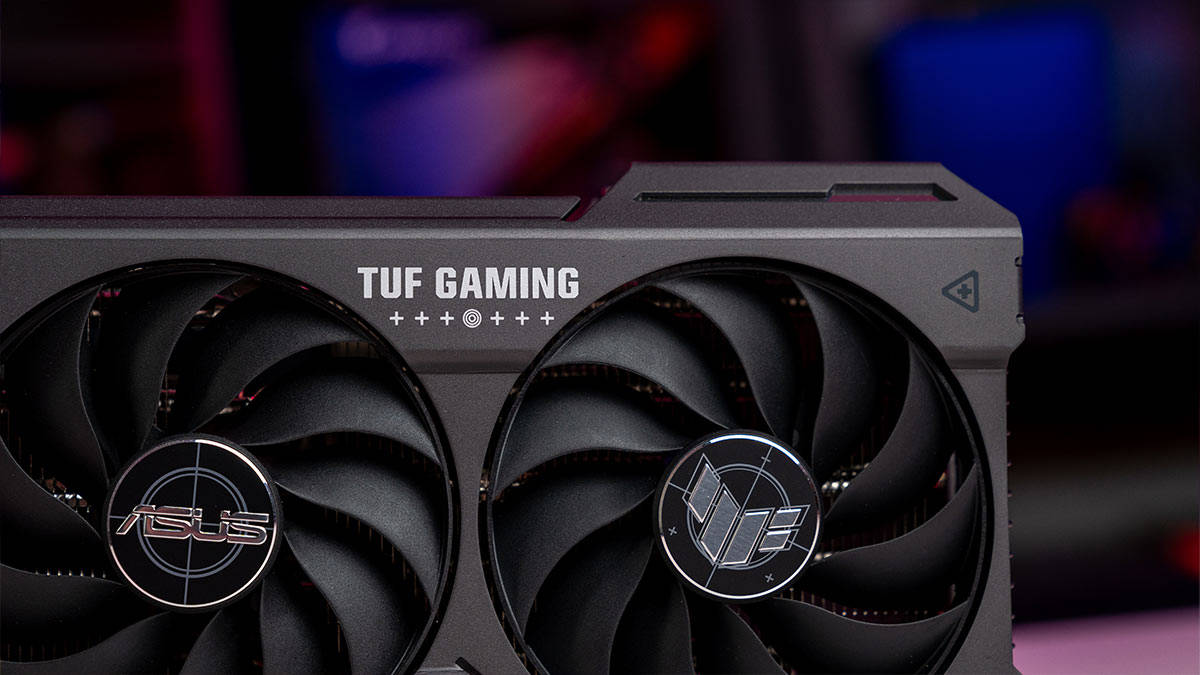
GPU
AD104
CUDA cores
7,168
VRAM
12GB GDDR6X
Bandwidth
504.2 GB/sec
Memory bus width
192-bit
Base clock speed
1,980 MHz
Boost clock speed
2,475 MHz
Shop on Amazon
CHECK PRICERTX 5060 Ti vs RTX 4070 Super specs comparison
Here’s a quick look at how these two cards stack up side-by-side.
| Specifications | RTX 5060 Ti | RTX 4070 Super |
| SM | 36 | 56 |
| RT cores | 36 | 56 |
| Tensor cores | 144 | 224 |
| Peak AI TOPS | 759 | 568 |
| Boost clock speed | 2.57 GHz | 2.48 GHZ |
| Memory | 8 or 16GB GDDR7 | 12GB GDDR6 |
| Memory bus width | 128-bit | 192-bit |
| TDP | 180W | 220W |
| Connectivity | PCIe 5.0 x16 | PCIe 4.0 x16 |
Performance comparison
Looking at the specifications of these graphics cards, both of them take home some victories, but will it be enough for the 5060 Ti to trump the 4070 Super?
RTX 5060 Ti vs RTX 4070 Super 4K performance
We ran a handful of titles to test the 4K gaming performance of the RTX 4070 Super, and it has pretty good results across the board with only a few exceptions. We'll take the example of Cyberpunk 2077, CS2, and Doom Eternal as these titles have different levels of optimization and graphical fidelity.
In Cyberpunk 2077, the RTX 4070 Super managed 37 FPS, which isn't the best output, as 60 FPS is considered the minimum for a smooth gaming experience. In Doom Eternal, the results were much better as we got 174 FPS, and in CS2, we got 125 FPS.
So, depending on the title, the RTX 4070 Super can deliver good FPS at 4K. That being said, the RTX 5060 Ti has fewer cores to work with, but despite that, it managed 34 FPS in Cyberpunk 2077, which is an 8% performance difference in favor of the 4070 Super.
In Doom Eternal, the RTX 5060 Ti managed 131 FPS, and once again, the 4070 Super dominated with 28% better gaming output. In Counter-Strike 2, we got 87 FPS (35% better performance), and it turns out that the 4070 Super is much better at 4K gaming than the RTX 5060 Ti, despite its improvements.
RTX 5060 Ti vs RTX 4070 Super 1440p performance
When it comes to 1440p gaming, the RTX 4070 Super was more in its element as it delivered much better results, but so did the RTX 5060 Ti. In Cyberpunk 2077, we got 81 FPS with the RTX 4070 Super and 78 FPS with the RTX 5060 Ti, which is a 3.7% performance difference and isn’t a lot.
In Doom Eternal, we got 288 FPS and 231 FPS with the 4070 Super and 5060 Ti, respectively, at QHD. This means that the RTX 4070 Super pulled ahead in this title as well, with a 28% better output. Lastly, in CS2, 260 frames were generated with the 4070 Super while the 5060 Ti only managed 170 FPS, giving the former a 41% better performance.
So, this was an interesting match-up as, depending on the title, the 5060 Ti lessened or maintained the gap but ultimately, the 4070 Super was better at 1440p gaming.
RTX 5060 Ti vs RTX 4070 Super synthetic performance
Synthetic performance showcases how a GPU will perform under varying simulated workloads, and we'll use the output of 3DMark Fire Strike Ultra, Time Spy Extreme, and Port Royal.
The difference between these tests is that the first runs with the DX 11 API, the second is the same but uses DX 12, making it more straining, and the last one checks the real-time ray tracing capabilities. That being said, the RTX 4070 Super managed 12,166 points in Fire Strike Ultra, 10,072 points in Time Spy Extreme, and 13,011 points in Port Royal.
On the other hand, the RTX 5060 Ti delivered 9,526, 7,310, and 10,271 points in the same three tests, meaning the RTX 4070 Super was 24%, 31%, and 23% better than the Blackwell budget GPU.
Design differences
Memory
The first and most significant difference, besides the architecture, is the memory type and capacity. The RTX 5060 Ti features 8GB or 16GB GDDR7 while the RTX 4070 Super has 16GB GDDR6X. This means that the 5060 Ti has a better chance of competing with it with a higher VRAM but it might not be so easy for the 8GB counterpart.
Also, a faster memory should result in better output as the internal memory can process data faster, but the 5060 Ti is limited to a 128-bit memory bus width, whereas the RTX 4070 Super has a 192-bit connection.
So, it might be a close call between the two, but we might see the newer GPU deliver better performance.
Connectivity
The connection type is also different for these GPUs, as the 5060 Ti features PCIe 5.0 connectivity while the 4070 Super has PCIe 4.0. The difference is that PCIe 5.0 offers double the bandwidth of PCIe 4.0, but even a PCIe 4.0 x16 connection has enough bandwidth to easily handle the requirements of flagship GPUs without saturating it.
That being said, it does offer better future proofing, and motherboards with a PCIe 5.0 GPU slot also have Gen 5 connectivity for storage devices, resulting in increased overall performance and efficiency.
Pricing
The RTX 4070 Super launched with a $599 MSRP, while the RTX 5060 Ti has an MSRP of $379 or $429 for the 8GB and 16GB variants, respectively. However, if you were looking to get an RTX 4070 Super, we wouldn't recommend that as the third-party prices are extremely high, such as MSI RTX 4070 SUPER VENTUS, which is priced at $1,128 on Amazon.
It would make more sense to go for the RTX 5070 GPUs or even the RX 9070 XT, as when we reviewed it, it was able to trade blows with the RTX 5080 in some aspects. So, whether the RTX 5060 Ti will have enough stock at launch and MSRP, only time will tell, but this is a good opportunity for Nvidia to gain back some market share.
Verdict
Overall, despite having the newer architecture, faster memory type, and a higher VRAM capacity, the RTX 5060 Ti couldn’t trade blows with the RTX 4070 Super natively. However, with the help of DLSS 4 and MFG, it could bridge the gap but the RTX 40-series GPUs are also getting DLSS 4, so the 4070 Super will have another opportunity at pulling forward.
